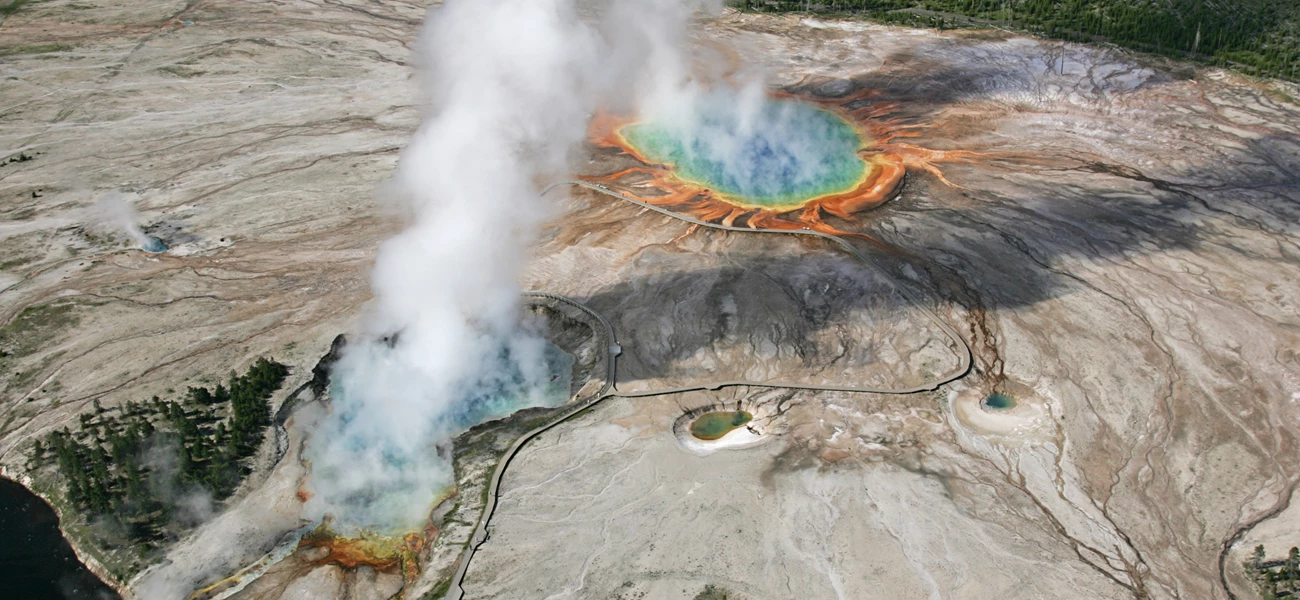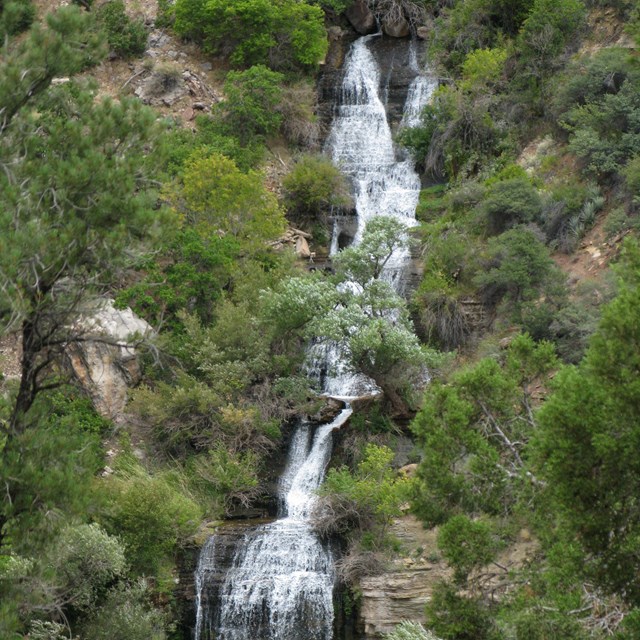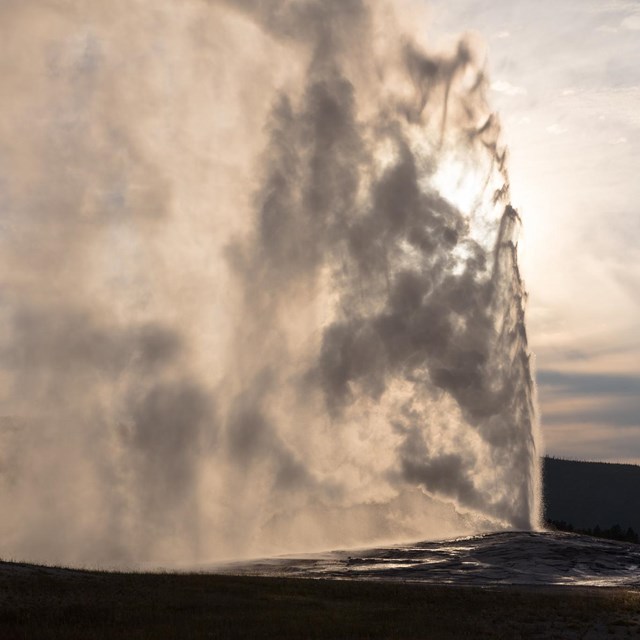What's Going on Down There?
While there are many rivers, lakes, and oceans scattered across the National Park Service, what about all the water you can’t see?
Groundwater is more than just water that is stored underground in between the spaces and cracks in soil and rock, its a dynamic and vital force. While you can’t see the aquifers underground, you can see where the groundwater meets the surface in the form of seeps and springs. Many parks, especially in the arid west, rely on groundwater for park and ecosystem functions.

NPS Photo/Jim Peaco
Groundwater is the foundation on which all surface water rests. It provides essential habitat for certain ecosystems, called Groundwater Dependent Ecosystems (GDE’s). Special characteristics like flow, temperature, or the chemical makeup of groundwater are vital for some species to survive, like the Devils Hole pupfish found in Death Valley National Park.
Groundwater not only supports biodiversity, but humans also rely on groundwater for drinking water, food and energy production. Some parks rely exclusively on groundwater for park functions. For example, groundwater supplies 100% of the drinking water at Death Valley and Grand Canyon National Parks!
For human use at national parks, groundwater is typically pumped up to the land surface through a well where it then can be used as potable water in campgrounds and visitor centers.
Sustaining Groundwater
Because groundwater is in such high demand, especially in Western parks, it is important to use it sustainably. Increasing demand for groundwater could cause river levels to decline, loss of habitat for plants and animals or could reduce the amount of water available to visitors.
Aquifers that supply water to parks are often recharged over hundreds to thousands of years. Understanding how, when, and where this recharge occurs is important to ensuring that groundwater withdrawal is conducted in a sustainable manner to maintain the resource over time.
The Water Resources Division works with parks and state water managers to protect groundwater-related resources. You can help use water sustainably too, learn how here.
Learn more about Groundwater
-
 Springs of the Grand Canyon
Springs of the Grand CanyonLearn about the 10 types of springs found in Grand Canyon National Park.
-
 Explore Geysers
Explore GeysersGeysers are an example of groundwater coming to surface.
From the field
Last updated: December 10, 2018
